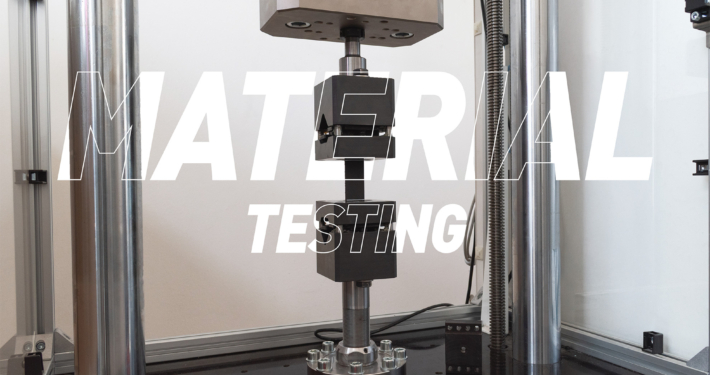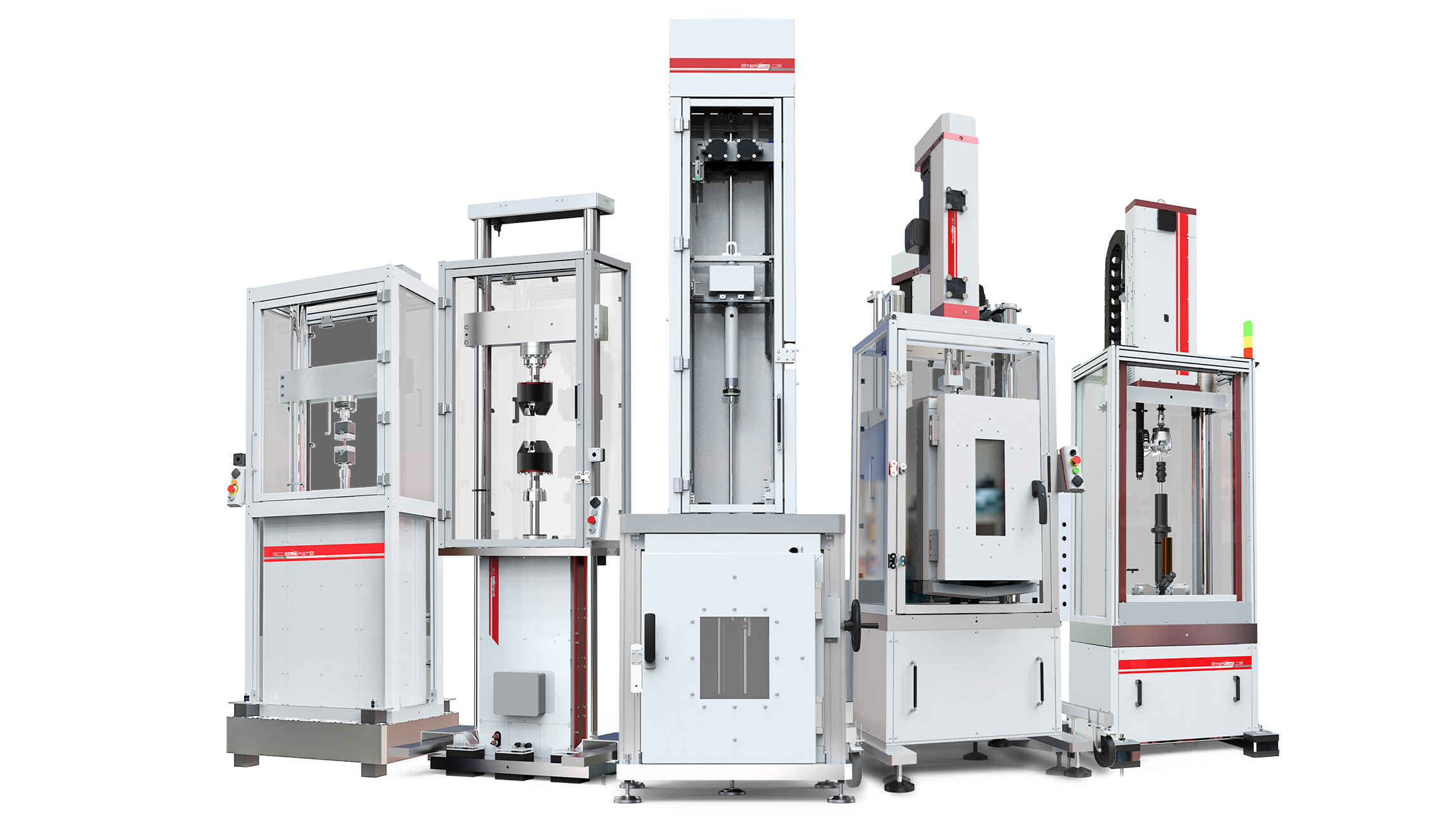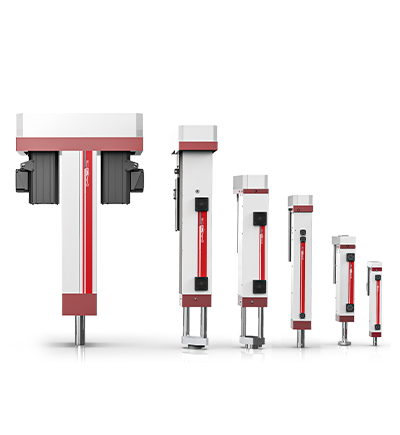Materials testing: What is, Why it matters, and Common standards
Materials testing is essential for ensuring safety, quality, and performance across industries such as aerospace, automotive, construction, energy, and biomedical engineering. Before a material is used in production, it must be tested to verify that it can withstand real-world conditions.
What is material testing?
Material testing is the process of measuring the physical, mechanical, and chemical properties of a material. The goal is to understand how the material behaves under stress, temperature, or other conditions so that engineers can:
- Predict performance in real-world applications.
- Ensure compliance with safety and regulatory standards.
- Improve quality and durability.
- Reduce the risk of failure.
Materials testing is divided into two main types: Destructive and Non-Destructive testing.
- Destructive testing: Methods that intentionally damage the specimen, such as tensile testing, compression testing, and impact testing. These tests reveal ultimate strength, toughness, and failure modes.
- Non-destructive testing (NDT): Methods like ultrasound, X-ray, and dye penetrant inspection that identify flaws without damaging the material. NDT is widely used for in-service inspection.
What are the three main methods of testing?
- Mechanical Testing: It evaluates strength, stiffness, hardness, ductility, and fatigue resistance. Examples: tensile, compression, fatigue, and hardness tests.
- Non-Destructive Testing (NDT): It identifies internal or surface defects without damaging the sample. Examples: ultrasonic testing, X-ray, and magnetic particle inspection.
- Chemical & Thermal Testing: It analyzes material composition and stability under heat. Examples: spectroscopy, DSC (Differential Scanning Calorimetry), TGA (Thermogravimetric Analysis).
Mechanical testing: Main types and suitable systems
Mechanical testing is one of the most reliable ways to understand how a material behaves under stress, force, or repeated use. Rather than just relying on theory, engineers use these tests to replicate real-world conditions and verify performance. At STEP Lab, we design and manufacture advanced testing machines that cover the full range of mechanical tests, ensuring accurate and repeatable results for industries from aerospace to biomedical.
Tensile test
The tensile test is often the starting point for evaluating a new material. By pulling a specimen until it breaks, engineers gain insights into both strength and ductility.
- Reveals ultimate tensile strength and yield point.
- Provides data on elongation and how much a material can stretch before failure.
Compression test
Here the focus is on how a material reacts when it’s squeezed rather than stretched. This method is essential for construction materials like concrete, composites, and foams.
- Shows compressive strength and ability to resist crushing.
- Helps predict how materials will behave under heavy loads.
Fatigue test
Repeated stress can wear down even the strongest materials over time. Fatigue testing simulates this process to determine how long a component can endure cycles of loading before cracks appear.
- Identifies the number of cycles to failure.
- Critical for aerospace, automotive, and industrial applications.
Impact test
Impact testing measures how well a material absorbs sudden energy, such as a hammer strike or collision. The most widely used methods are Charpy and Izod.
- Indicates toughness and resistance to brittle fracture.
- Helps engineers design safer structures and protective equipment.
To carry out these tests with precision and reliability, companies rely on advanced equipment such as universal testing machines
and fatigue testing systems. At STEP Lab, we design testing solutions to perform tensile, compression, fatigue, impact, and many more tests with accuracy, helping industries worldwide meet the highest quality standards.
From metals to polymers: Materials you can test
Materials testing is not limited to a single type of substance; virtually any material can be evaluated to understand its strength, durability, and behavior under stress. Different materials require different testing methods depending on their properties, structure, and intended use. Commonly tested materials include:
- Metals
- Plastics and polymers
- Composites
- Ceramics and glass
- Rubber and elastomers
- Paper and textiles
Testing these materials helps engineers ensure reliability, optimize performance, and verify compliance with international standards such as ASTM, ISO, and EN.
What do material testers do?
Material testers are engineers and technicians responsible for:
- Running tests in laboratories or on-site.
- Preparing specimens according to standards.
- Using specialized equipment to measure properties.
- Analyzing and interpreting results.
- Supporting R&D, quality assurance, and certification.
Modern laboratories use electric testing machines (such as EA Series or UD Series) to simulate real-world conditions. These systems provide precise control of force, displacement, and frequency, ensuring accurate results for industries like automotive, aerospace, and construction.
Why is material testing important?
- Safety: Prevent accidents in structures, vehicles, and devices.
- Performance: Ensure materials behave as expected in service.
- Compliance: Meet ASTM, ISO, or industry-specific requirements.
- Cost reduction: Minimize maintenance, warranty claims, and failures.
Material testing standards
Material testing standards, such as those from ASTM, ISO, and EN, lay the groundwork for evaluating material properties like strength, durability, and consistency. These standards specify everything from test procedures and sample preparation to equipment calibration and result evaluation. They ensure that tests using testing machines are carried out in a comparable, reliable manner, no matter which lab or region.
| Standard | Scope | Example Applications |
|---|---|---|
| ASTM D638 | Tensile properties of plastics | Evaluating strength and elongation in polymer samples |
| ASTM E8 | Tension testing of metallic materials | Determining yield strength and ductility in metals |
| ISO 178 | Flexural properties of plastics | Measuring bending strength and stiffness of polymers |
| ISO 527 | Tensile testing of plastics | Used for films, sheets, and molded plastics |
| EN 10002 | Tensile testing of metallic materials (Europe) | Standard for mechanical testing of metals in the EU |
| ISO 7500-1 | Verification of testing machines | Calibration and accuracy control for universal testing machines |
STEP Lab testing solutions: EA and UD Series
Electromechanical actuators (Ball screw type)
Electromechanical actuators use a rotating motor connected to a precision ball screw that converts rotary motion into linear movement. These systems are highly controllable, energy efficient, and robust. They are widely used in structural testing, fatigue testing, and in any application requiring precise displacement or force over long durations.
Key features:
- High force capacity
- Precise control at low speed
- Longer stroke capabilities
- Lower power consumption
Electrodynamic actuators (Linear motor type)
Electrodynamic actuators produce direct linear motion without any mechanical transmission elements. The force is generated by a magnetic field acting on a moving coil or magnet. These systems excel at high-speed, high-frequency applications where fast response and low inertia are critical.
Key features:
- High dynamic response (up to 1000 Hz)
- Low maintenance due to no mechanical contact
- Ideal for vibration, impact, or NVH testing
- Compact and clean design
- Requires active cooling and high-power electronics
Conclusion
Materials testing is the foundation of safe and reliable engineering. From tensile testing and hardness testing to fatigue and impact tests, every method provides essential data about how materials perform in real-world conditions.
Interested in materials testing machines? Discover how electromechanical and electrodynamic systems by STEP Lab can bring accuracy, safety, and efficiency to your laboratory.
FAQ
Why is materials testing important?
Materials testing ensures that metals, plastics, composites, and other materials perform safely and reliably in real applications. Without it, industries like aerospace, automotive, or construction would face higher risks of failure and costly recalls.
What is the difference between destructive and non-destructive testing?
Destructive testing pushes a material to the point of failure (e.g., tensile, compression, or impact tests) to measure its limits. Non-destructive testing (like ultrasound or X-ray) checks integrity without damaging the sample, making it useful for finished products.
What type of machines are used for materials testing?
Materials testing requires specialized equipment, such as universal testing machines for tensile and compression tests, fatigue systems for cyclic loading, and impact testers for toughness. Advanced systems like those from STEP Lab integrate multiple test types in one solution for flexibility and efficiency.
What are the main standards for materials testing?
The key standards come from ASTM, ISO, and EN. ASTM (e.g., ASTM D638, ASTM E8) is widely used in the U.S. and globally, ISO (e.g., ISO 527, ISO 178) sets international guidelines, and EN covers European norms (e.g., EN 10002). Sector-specific bodies like TAPPI also define tests for materials such as paper.








